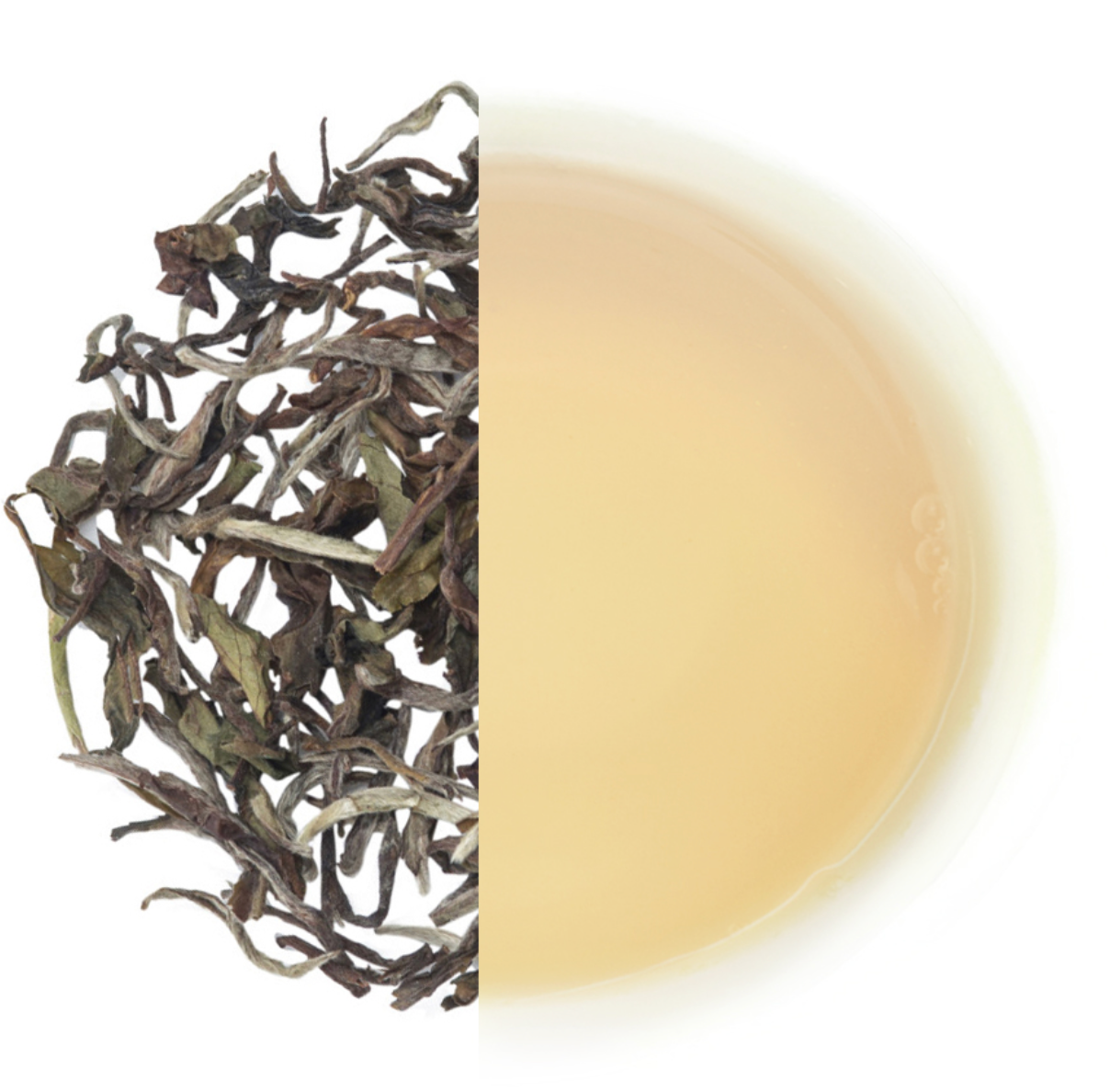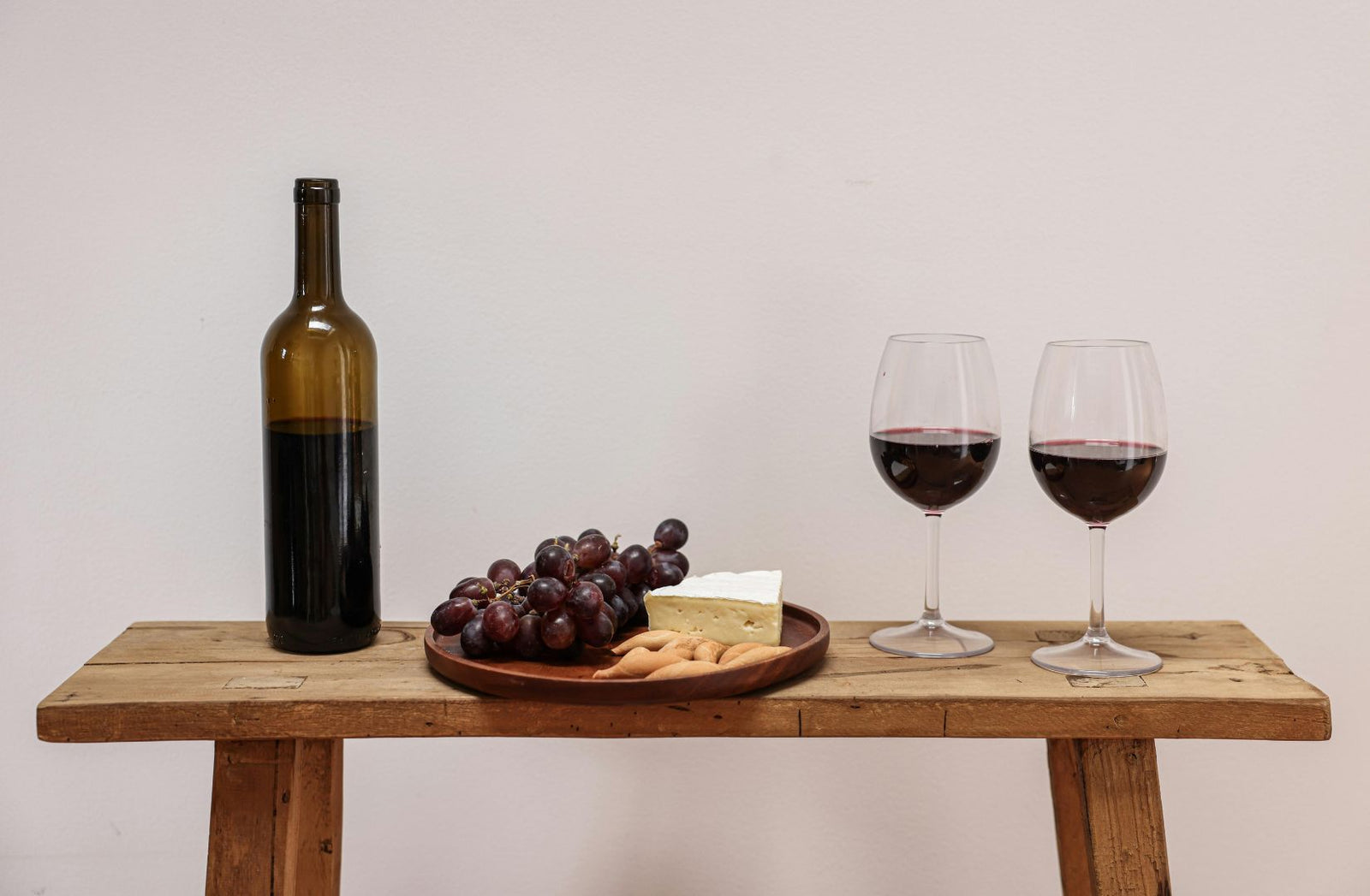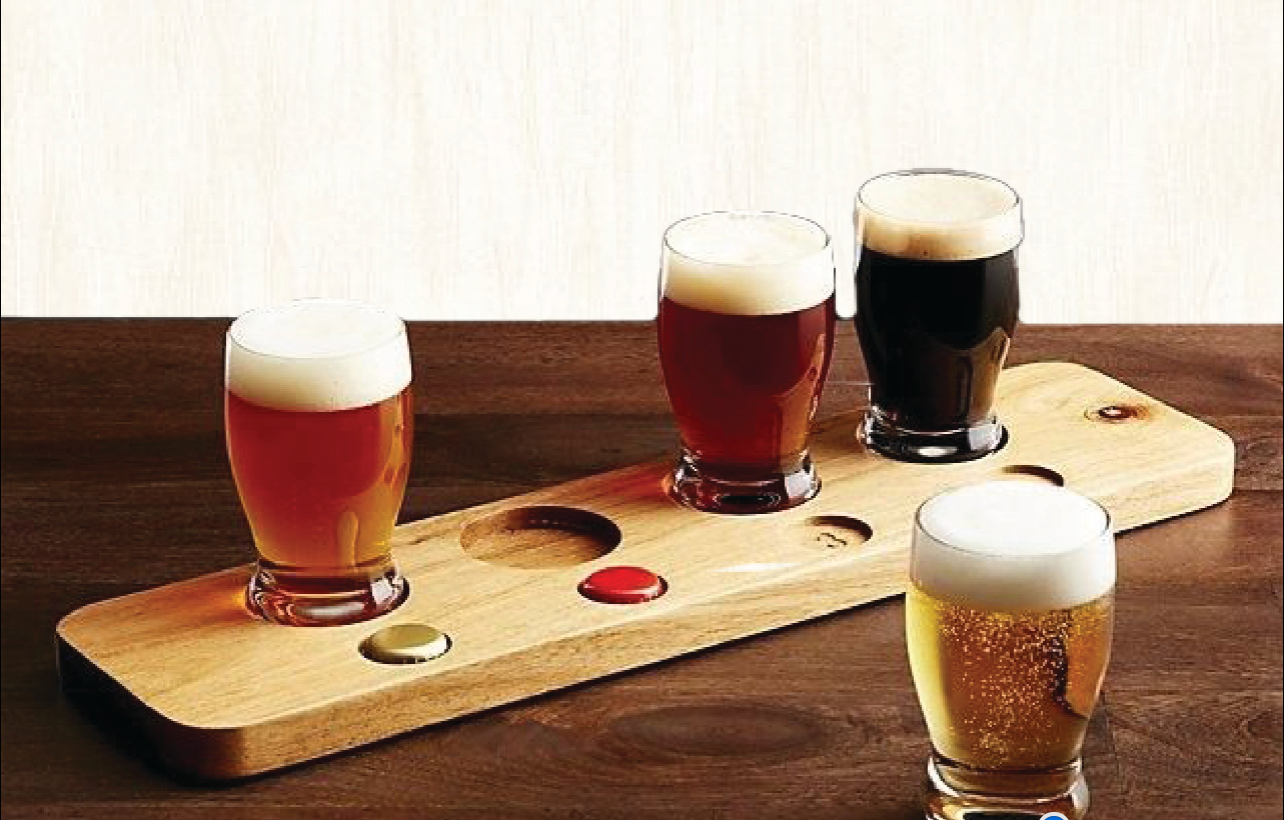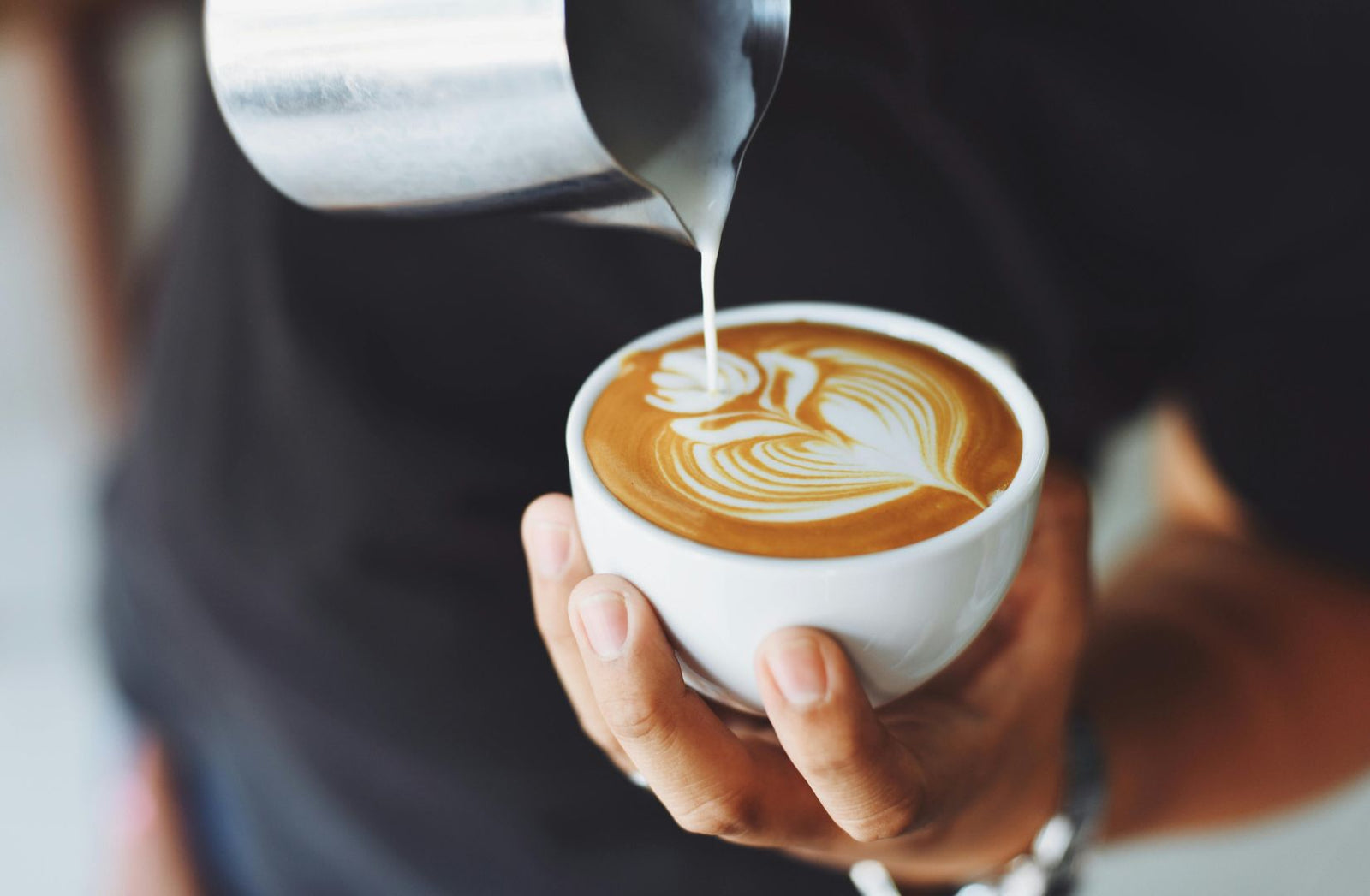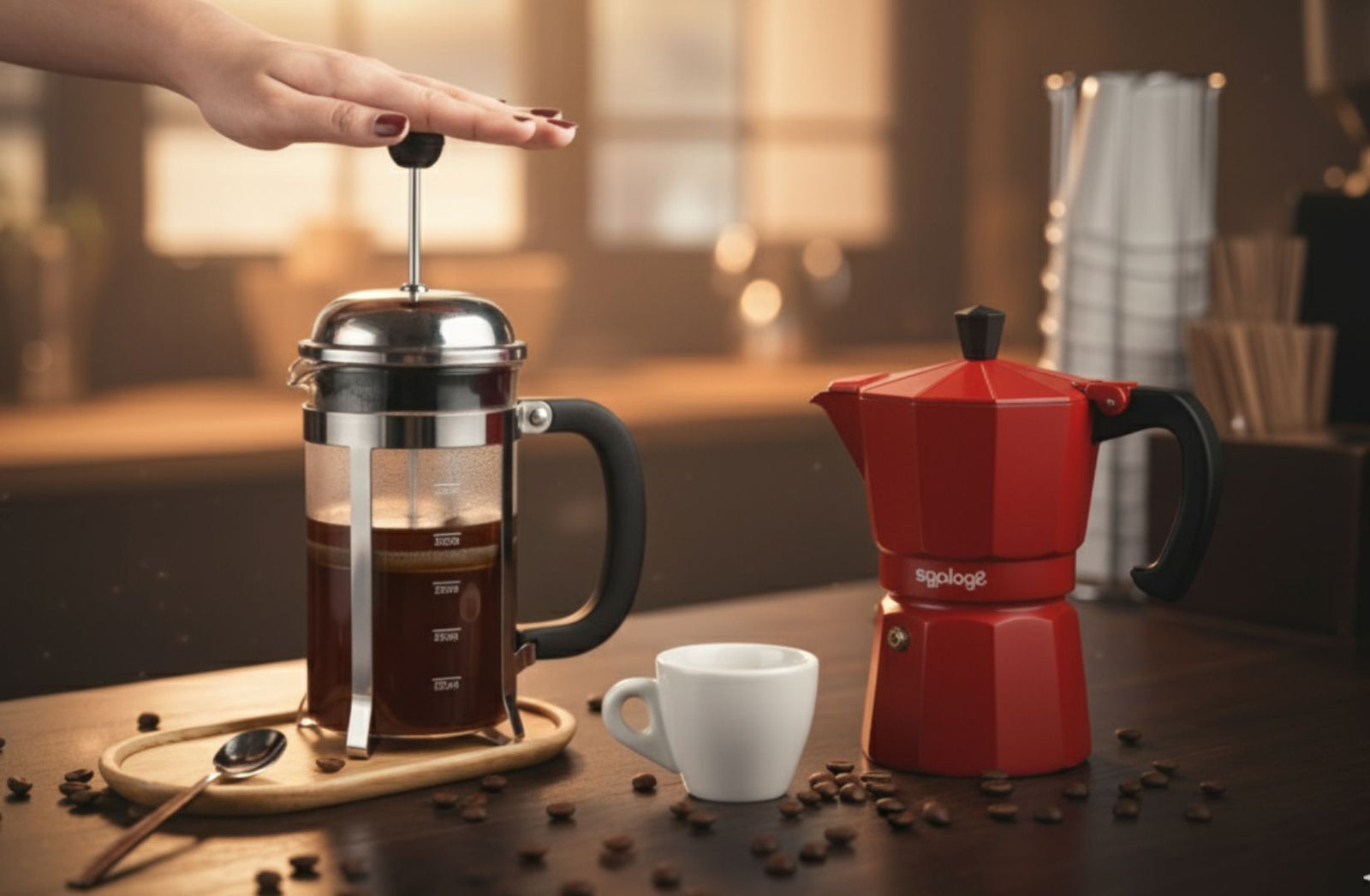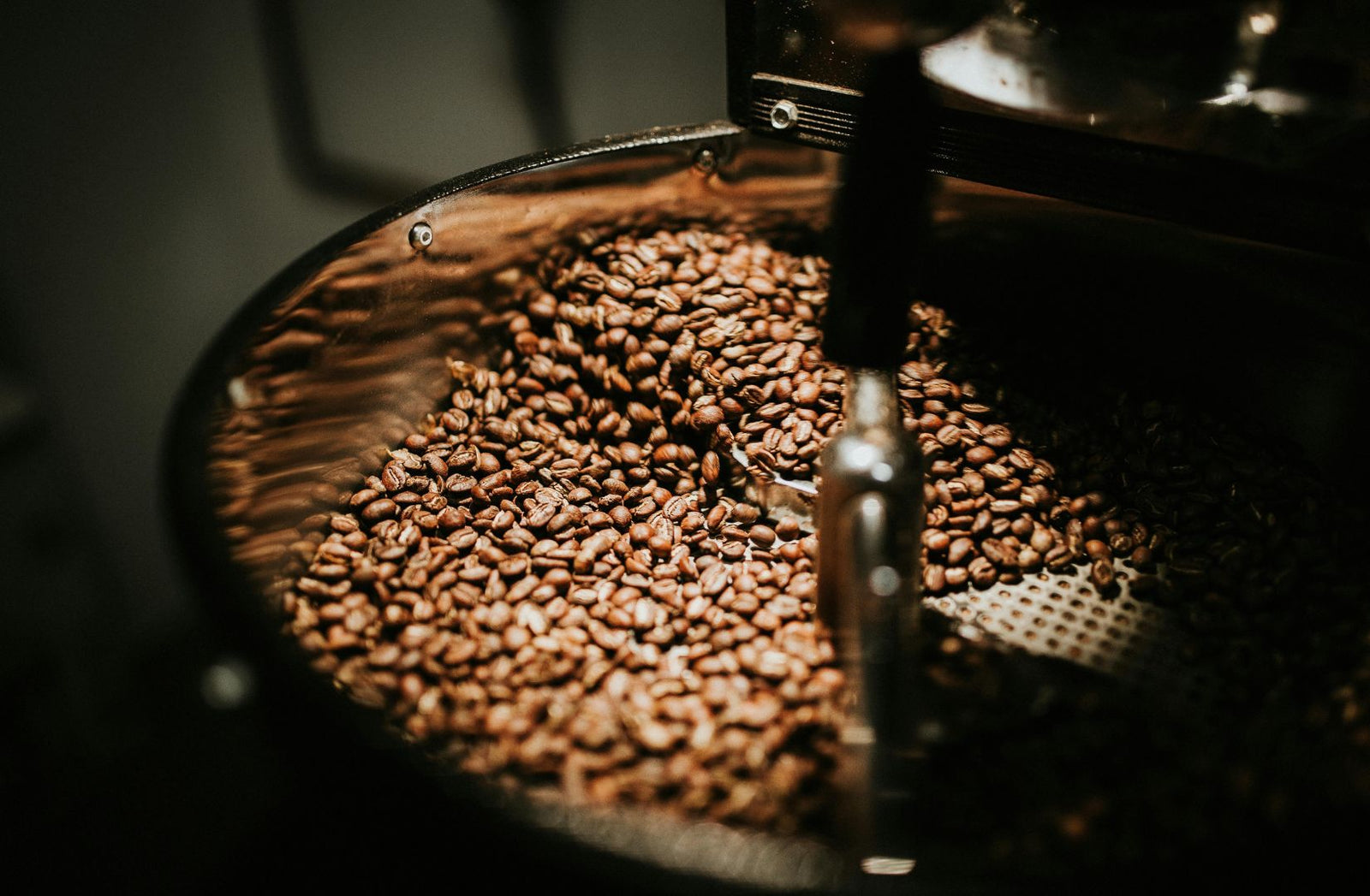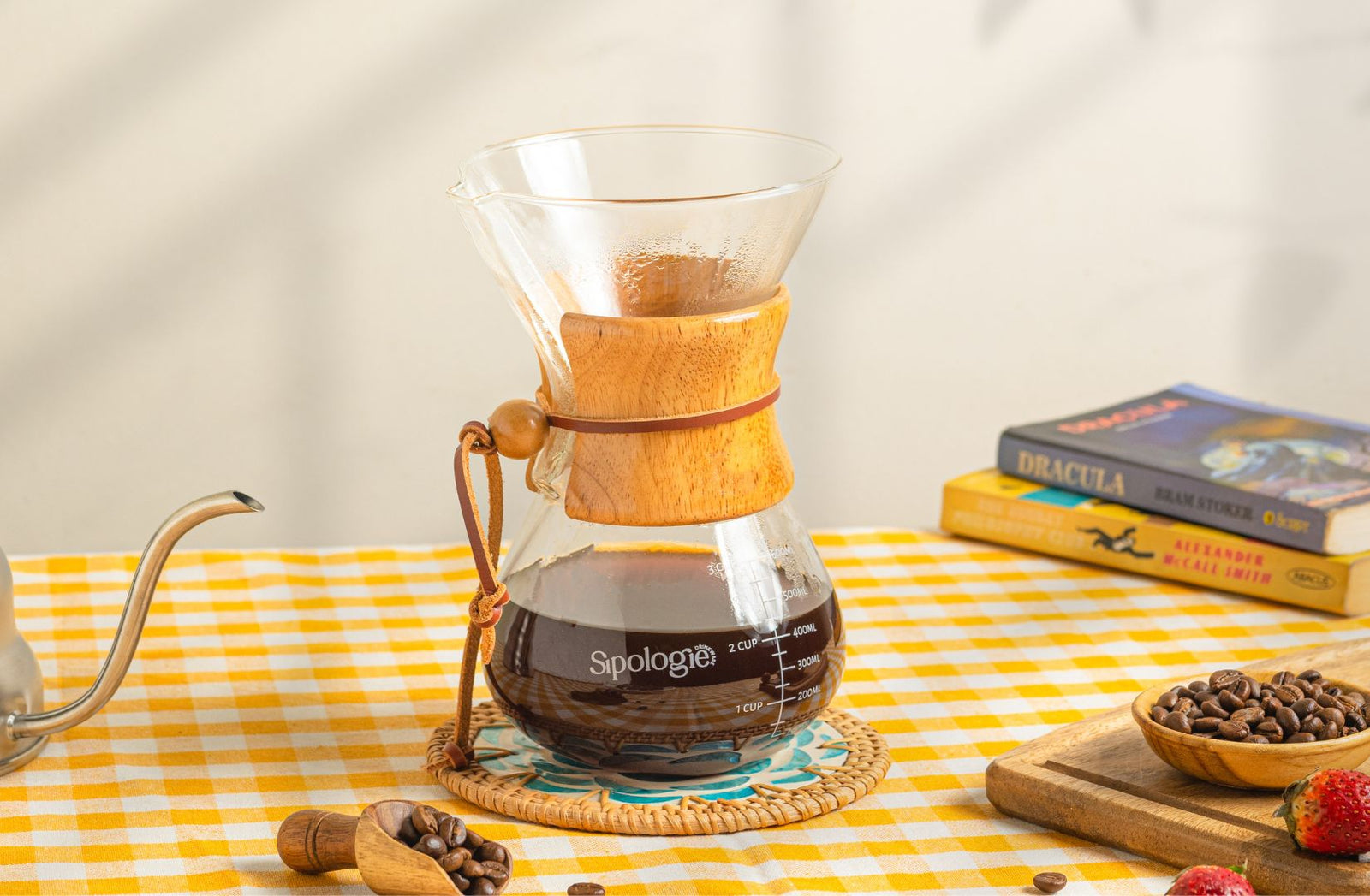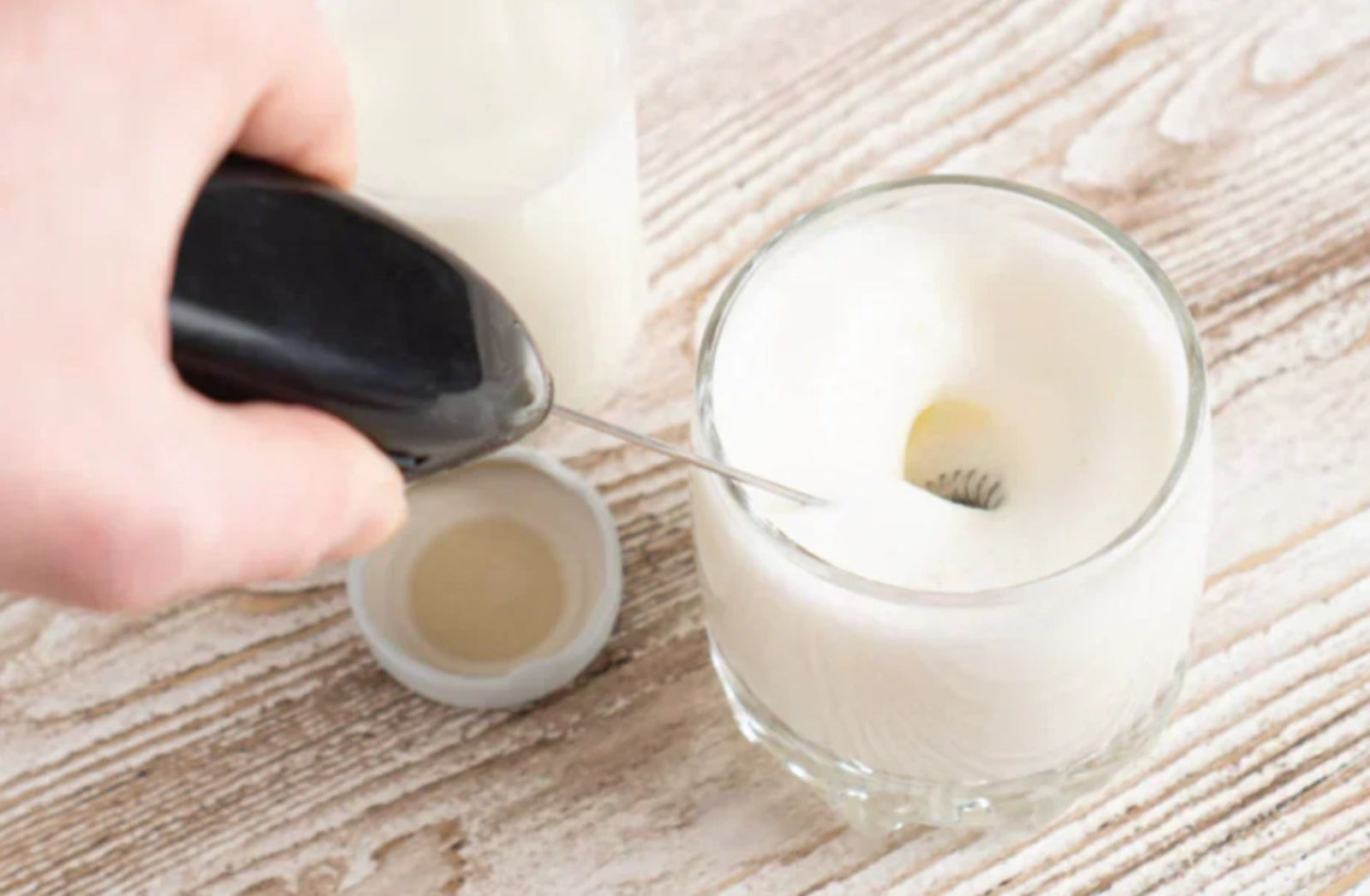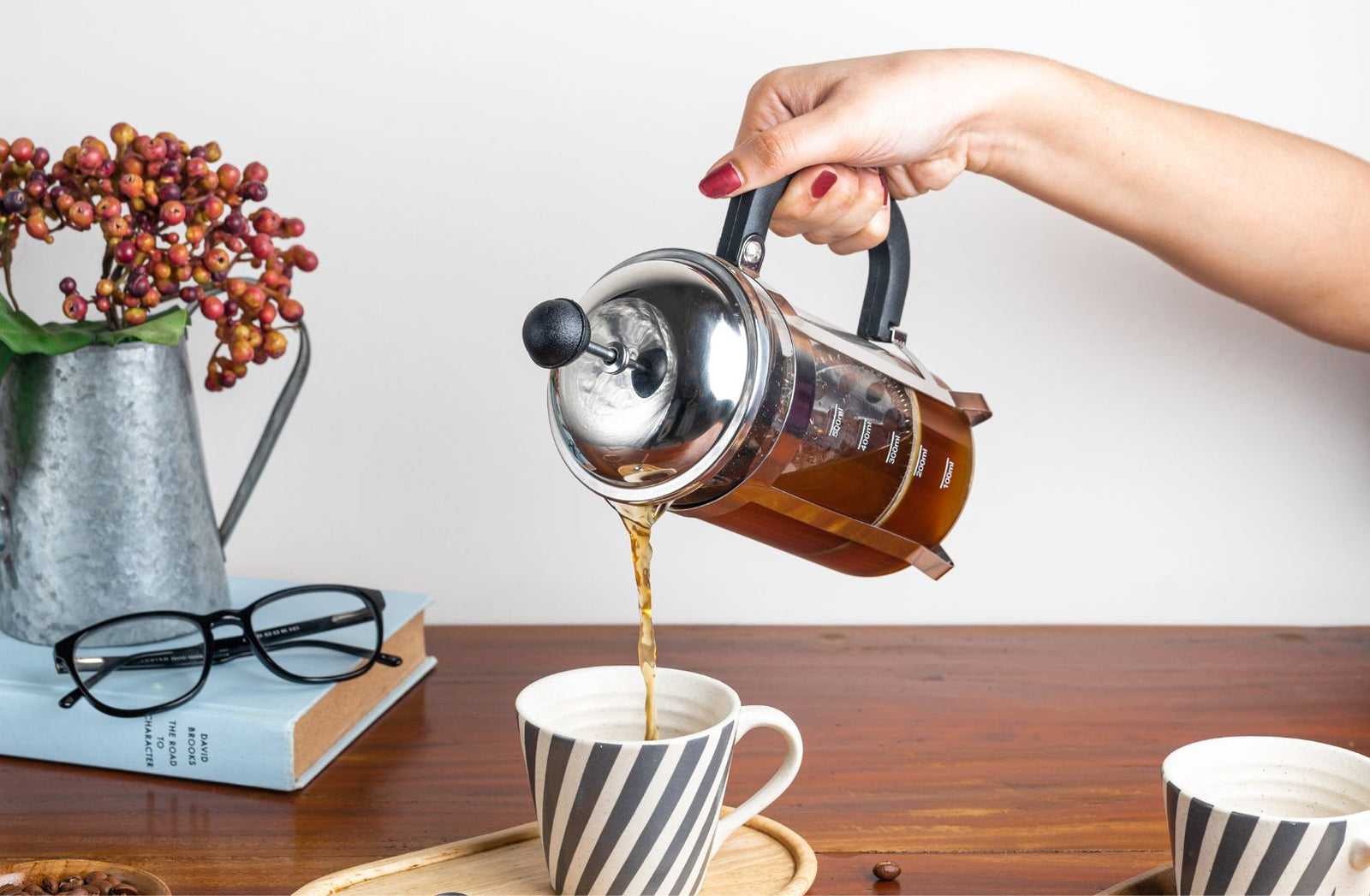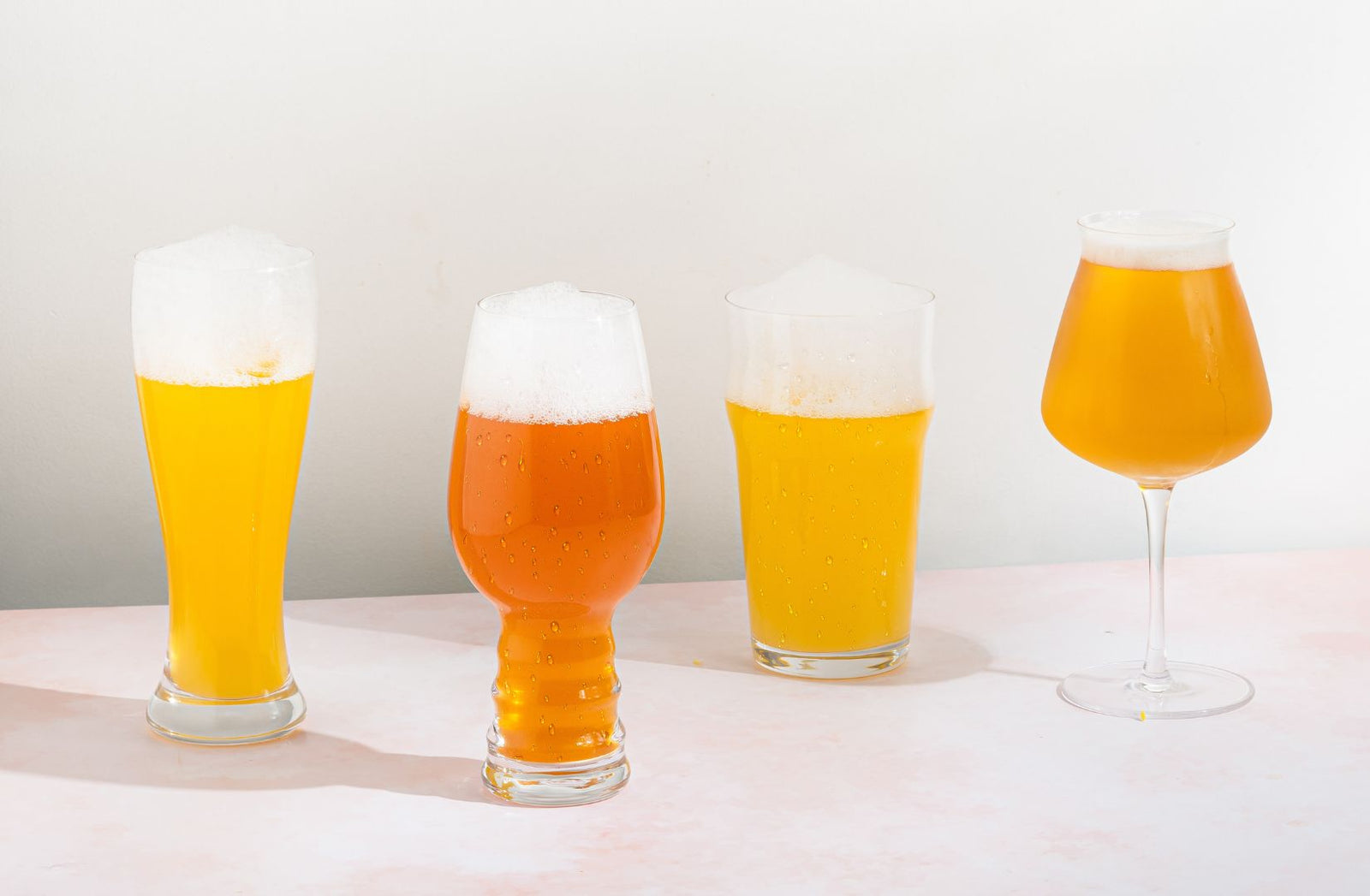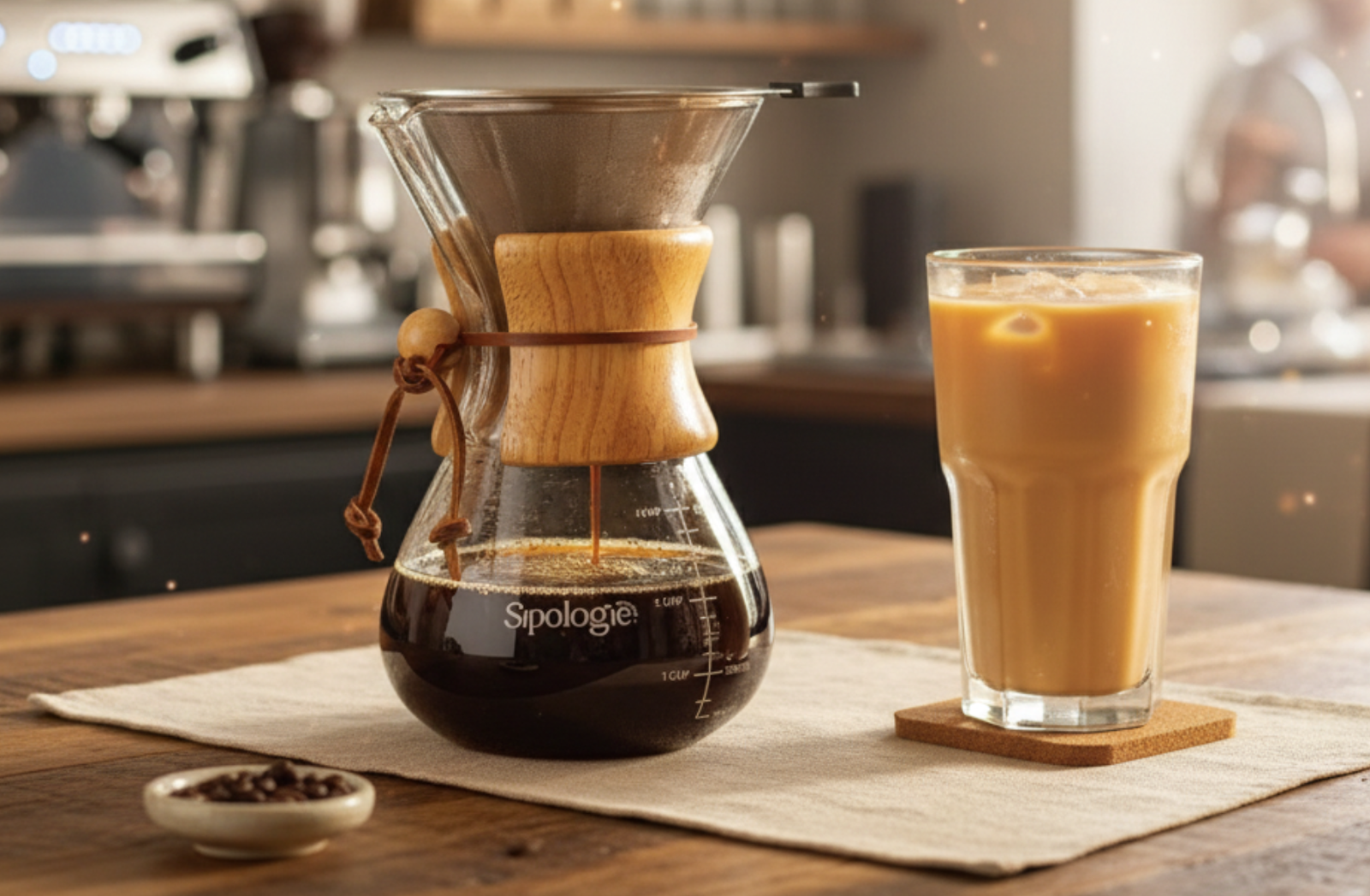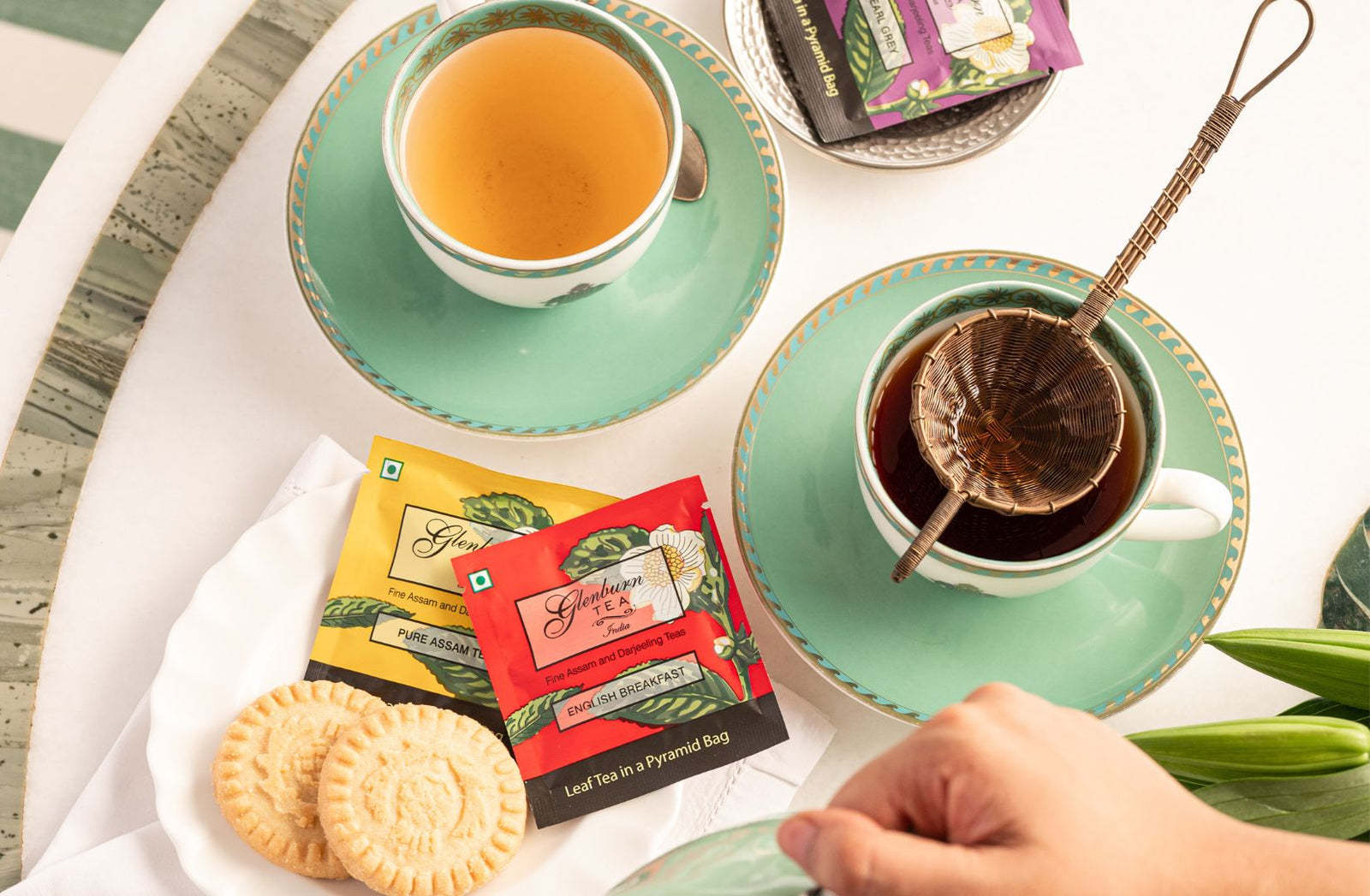Posts – by Sidhant Prakash
Brew Your Way: Moka Pot or French Press?
Discover the Perfect Brew: Moka Pot vs. French Press
The method you choose to brew your coffee can greatly impact the taste, aroma, and texture of your cup. Whether you're craving a rich, strong espresso or a smooth, full-bodied cup, the Moka Pot and French Press offer unique brewing experiences that cater to different preferences. In this guide, we’ll break down the differences between Moka Pot coffee and French Press coffee, with a focus on flavor profiles, brewing processes, and ease of use—helping you decide which method best suits your taste.
Moka Pot Coffee
Overview:
The Moka Pot, often referred to as a stovetop espresso maker, is a classic Italian brewing device that brews coffee by passing pressurized boiling water through finely ground coffee. This process creates a strong, concentrated brew that closely resembles traditional espresso, making it a favorite for those who prefer a bold, rich flavor.
Flavor Profile :
Bold and Robust: Moka Pot coffee is known for its strong, full-bodied taste, offering a richness that’s close to espresso. It brings out intense flavors with hints of chocolate and nutty undertones.
Slight Bitterness: The pressurized extraction can sometimes produce a slightly bitter aftertaste, especially if over-extracted or brewed with very fine grounds.
Low Acidity: Due to the intense brewing process, Moka Pot coffee tends to have lower acidity compared to drip or pour-over methods.
Best for :
Espresso lovers who enjoy a rich and concentrated cup.
Those who prefer coffee that pairs well with milk-based drinks like lattes and cappuccinos.
Coffee enthusiasts who appreciate bold and intense flavors
Ease of Use :
Moderate Learning Curve: While the Moka Pot is relatively simple to use, achieving the perfect brew may require some practice. Consistency in grind size, heat control, and timing is key.
Maintenance: The Moka Pot is easy to clean, but it’s essential to rinse and dry all parts thoroughly to prevent residue buildup and preserve flavor.
French Press Coffee
Overview:
The French Press, also known as a press pot or cafetière, is one of the simplest and most beloved brewing methods. It involves steeping coarsely ground coffee in hot water and pressing a plunger through a mesh filter to separate the grounds. This immersion method allows for the natural oils and fine particles to stay in the final brew, creating a rich, smooth, and complex flavor profile.
Flavor Profile :
Smooth and Velvety: French Press coffee delivers a well-rounded, full-bodied flavor with enhanced mouthfeel due to the retention of oils and fine coffee particles.
Rich Aromatics: The slow extraction process highlights subtle flavor notes, offering a more nuanced and balanced cup with hints of chocolate, caramel, and even floral undertones depending on the coffee bean origin.
Slight Sediment: Since the French Press uses a metal filter rather than a paper filter, some sediment may settle at the bottom, giving the brew a slightly gritty texture.
Best for :
Coffee lovers who enjoy smooth, full-bodied coffee with rich flavors.
Those who appreciate a slower, more relaxed brewing process.
Groups or families, as the French Press can easily brew multiple cups at once.
Ease of Use :
Beginner-Friendly: The French Press is easy to use and requires minimal technique—just add coffee, pour hot water, steep, and press.
Minimal Equipment Required: Unlike espresso machines or other complex brewing methods, the French Press doesn’t require special equipment or filters.
Cleaning Considerations: Cleaning is relatively easy, but removing and discarding the coffee grounds can be slightly messy.
Moka Pot vs. French Press : Key Differences
Which One is Better for You?
When it comes down to it, the choice between Moka pot coffee and French press coffee depends on personal preference.
Choose the Moka Pot if :
You crave a bold, intense cup similar to espresso.
You enjoy milk-based drinks like cappuccinos or lattes
Portability and quick brewing are important for your routine
Choose the French Press if :
You prefer a smooth, full-bodied coffee with a rich mouthfeel.
You enjoy savoring subtle flavor notes in your brew.
Brewing for multiple people or enjoying leisurely coffee moments suits your lifestyle.
Conclusion
Both the Moka Pot and French Press offer exceptional ways to enjoy high-quality coffee at home. The Moka Pot delivers a powerful punch with its concentrated brew, while the French Press offers a smooth and full-bodied experience that highlights the coffee’s natural flavors. Whether you're in the mood for a strong espresso-like drink or a comforting cup of rich coffee, choosing the right brewing method will help you unlock the full potential of your favorite beans.
Explore Our Premium Moka Pots and French Press Collection at Sipologie and find the perfect companion for your coffee journey. Join the Sipologie community and brew like a pro today!


